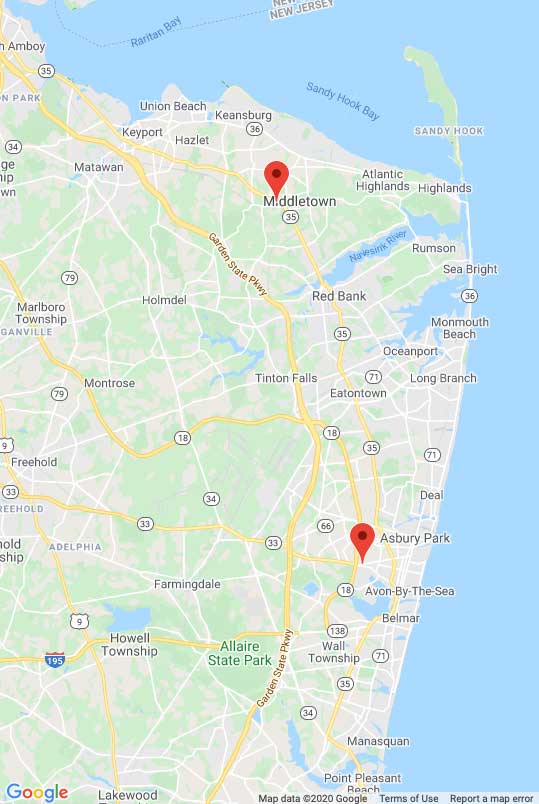CPAP rainout, also known as condensation in the CPAP tubing, is a common issue that many CPAP users face. This occurs when the humidified air from the CPAP machine cools as it travels through the tubing, causing water droplets to form and potentially reach the mask. Not only is this uncomfortable for the user, but it can also lead to hygiene issues and even compromise the effectiveness of the therapy.
Tips to avoid CPAP rainout:
- Adjust the humidity settings on your CPAP machine: Most CPAP machines have adjustable humidity settings. If you are experiencing rainout, try lowering the humidity level.
- Insulate the tubing: A cover can help prevent the air from cooling too quickly and causing condensation.
- Keep the CPAP machine at the same level or below your bed: Placing the CPAP machine at a lower level than your bed can help prevent the water from traveling back up the tubing.
- Use a heated CPAP tubing: Some CPAP machines come with heated tubing, which can help prevent rainout by keeping the air at a consistent temperature.
- Keep the room temperature consistent: Fluctuations in room temperature can contribute to condensation in the tubing.
If you have tried these tips and are still experiencing CPAP rainout, it may be time to consider alternative options. One popular alternative to CPAP therapy is an oral appliance.
A no-rainout CPAP alternative
Oral appliances are custom-made devices that are worn in the mouth during sleep to help keep the airway open. They are often recommended for patients who have mild to moderate sleep apnea or who are unable to tolerate CPAP therapy. Oral appliances are comfortable, easy to use, and can be a great option for those who are looking for an alternative to CPAP.
If you want to learn more about oral appliance therapy as a CPAP alternative, schedule a consultation with us. Our team of experts can help you determine the best treatment option for your sleep apnea and help you get a good night’s sleep without the hassle of CPAP rainout.


